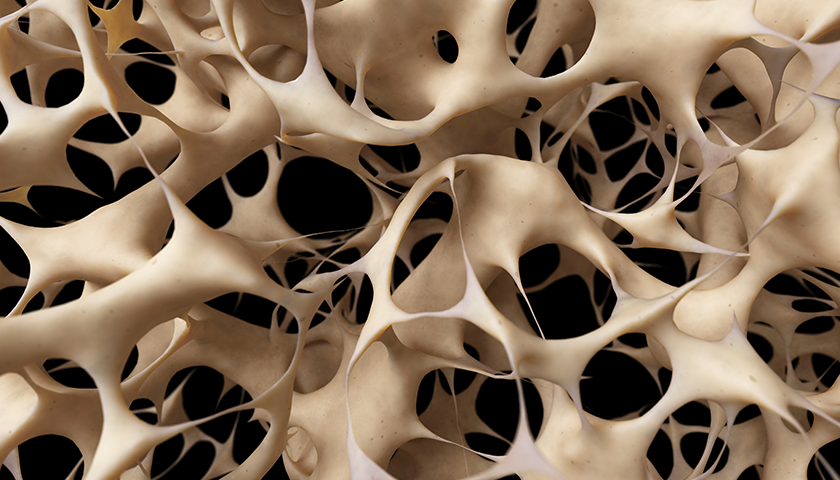Osteoporosis is in fourth place among all non-communicable pathologies (after diseases of the cardiovascular system, cancer and diabetes mellitus), which are the cause of death and disability of the population.
Misfortune can happen even in your own home. This associates with its improper arrangement. To reduce the likelihood of falls, older people need properly organize their home space. Follow these simple guidelines:
- free the rooms, and especially the floor, from unnecessary things and trash. It is better if the house is equipped with objects that can be easily moved;
- remove cords and wires, especially in the hallway;
- use plastic non-slip surfaces or carpets (instead of tiles or slippery parquet flooring);
- do not walk at home in socks or barefoot;
- choose indoor shoes with non-slip soles;
- make sure that your home well lit;
- poorly fixed carpets are a risk factor of fractures. Remove them or attach to the floor, or place special non-slip mats on them;
- use rubber bath mats;
- do not breed small animals at home that may interfere with your walking around the house;
- the night light should be close to the bed so that if you need to get up at night, you can easily turn it on;
- the bed should not be too high. You must touch the floor with your feet when you sit on the edge of bed;
- all the necessary things should be close to you. You should not get up on a chairs or stepladders to reach the desired item;
- use a cordless telephone to make it easier to answer calls. Then you do not have to rush to the device every time when the call rings;
- ask your doctor to replace your drugs that cause drowsiness, impaired coordination of movements, a decrease in the speed of reaction, with safer analogues;
- if you have vision problems, be sure to use vision correction tools. This will help you reduce the risk of falls.
You can determine if you are at risk of developing osteoporosis by answering the some questions. If you answered yes to at least two questions, it means that you are at risk of developing this condition.
- Have your next of kin had a hip fracture?
- Have you ever had a bone fracture due to a minor injury?
- For women: were you under 45 when menopause occurred?
- For women: did your periods disappear more than a year ago?
- Have you taken steroid hormone tablets for more than 6 months?
- Has your height decreased by more than 180 cm?
- Do you abuse alcohol?
- Do you often have diarrhea?
To diagnose osteoporosis, laboratory tests and biochemical markers may be prescribed. They make it possible to determine the intensity of bone metabolism. For the diagnosis of osteoporosis, levels of calcium, phosphorus, parathyroid hormone, deoxypyridinoline and osteocalcin are important. For 12 hours before the procedure, you should refrain from eating.
Our company offers a wide selection of quality drugs for the treatment of osteoporosis; you can view them at this link.
Timely consultation with a doctor, a healthy lifestyle, a balanced diet, and physiotherapy exercises aimed at maintaining muscle tone and strengthening bone tissue helps to keep the body healthy!

